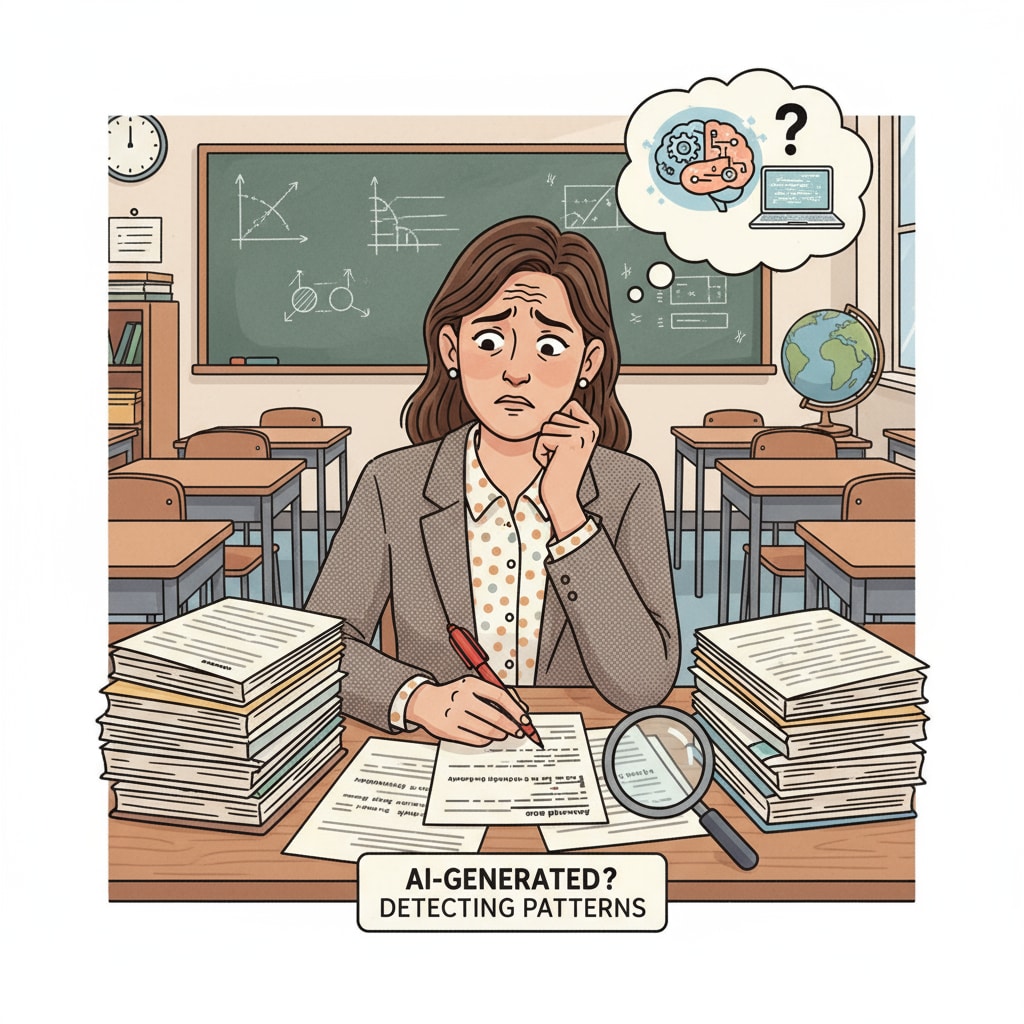In the realm of writing education, a disconcerting trend is emerging – the reliance of students on AI to complete their assignments, which significantly threatens student integrity. This phenomenon has given rise to an educational authenticity crisis that demands immediate attention. AI has rapidly become a shortcut for many students, undermining the very essence of learning through writing.

The Rise of AI in Student Writing
The development of AI has been nothing short of revolutionary. Tools like ChatGPT have made it incredibly easy for students to generate written content with just a few clicks. For example, a student struggling with a history essay can input a prompt, and within seconds, receive a well-structured piece. As a result, this has led to a surge in the number of students using AI to bypass the learning process. According to Educause, an organization dedicated to education and technology, the use of AI in academic writing has increased exponentially in recent years.
The Impact on K12 Education
In K12 education, the implications are far-reaching. Teachers rely on writing assignments to gauge students’ understanding of various subjects. However, with AI in the mix, it has become challenging to distinguish between genuine work and AI-generated content. This not only skews educational assessment but also hinders students from developing critical thinking and writing skills.

For instance, a student who continuously uses AI for their English composition may never truly master grammar, vocabulary, or the art of constructing a coherent argument.
Moreover, it erodes the sense of academic integrity among students. When they see their peers getting away with using AI, it can create a culture where cheating is normalized. This can have long-term consequences for students’ character development and their preparedness for higher education and the professional world.
Readability guidance: Short paragraphs are used to clearly present the points. Each H2 section has a list-like structure to summarize key ideas. Passive voice and long sentences are kept to a minimum, and transition words like ‘for example’ and ‘however’ are used to enhance the flow.


